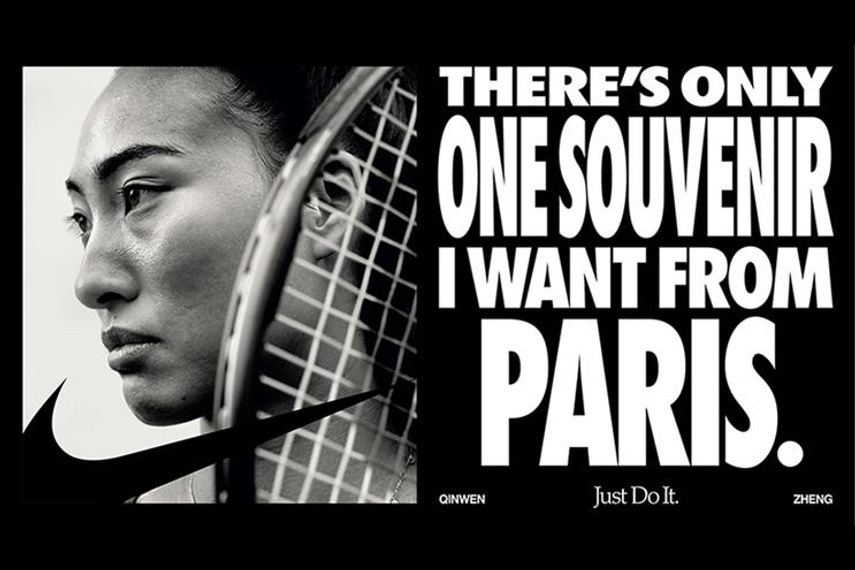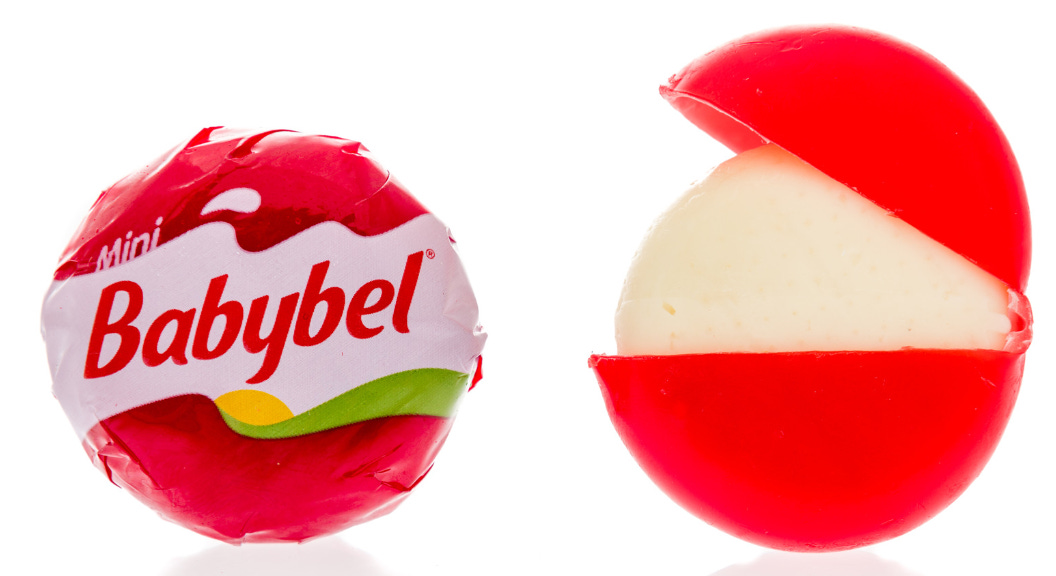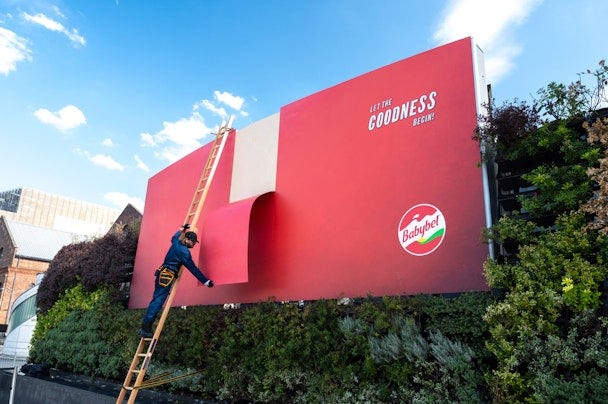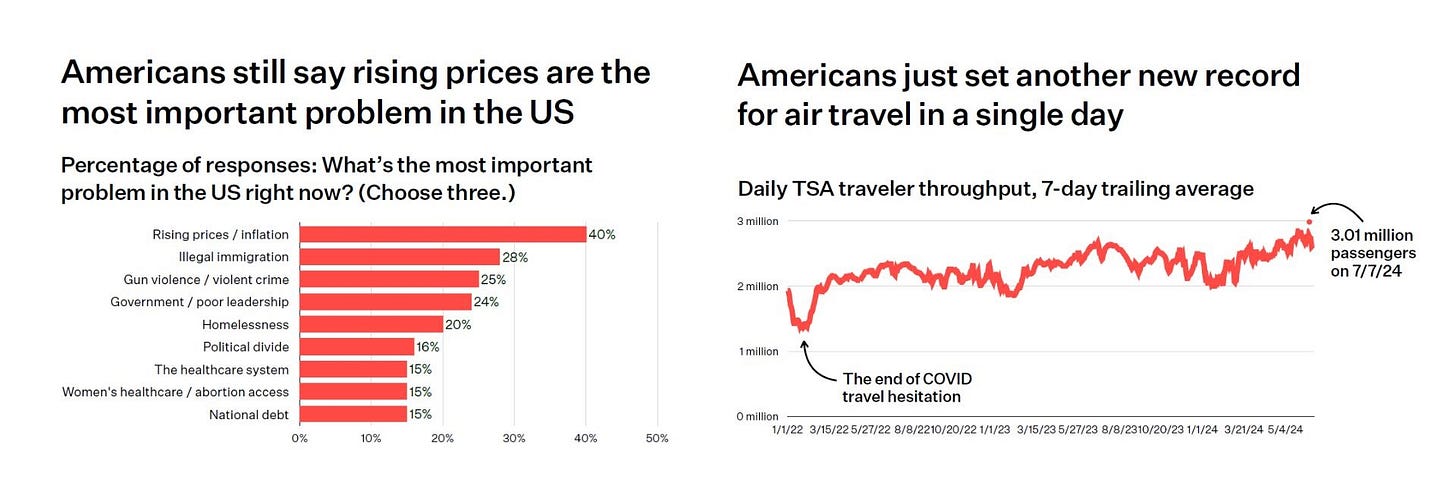MarketingDojo #72: 🏅 Marketing Isn't For Everyone 🤺
Google is addicted to its cookies, Extreme reactions & brand building, TikTok Shop's spectacular rise, peelable billboard and more.
Hello,
Welcome to the 72nd edition of The Marketing Dojo. I hope you're having an exciting week!
Speaking of exciting, Google was in the headlines every single day last week. And for various reasons—first, Google announced that it is abandoning cookie deprecation😲. Then, the cybersecurity firm Wiz rejected Google's $23Bn takeover plans. Reddit and Google made their searchability arrangement exclusive. Finally, ChatGPT announced its search engine, SearchGPT, directly threatening Google's golden goose.
In this issue, guest contributor Mila Strokova will explain the aftermath of Google’s decision to not deprecate third-party cookies🍪.
What else? Here's a glimpse:
🔀 Divided, we remember
🛒 TikTok is nibbling at Shopee’s lunch
🎨 Creative excellence: A peelable billboard that will make you hungry
💡 Zero consumers are here
...and lots more.
If you haven't already, consider subscribing to the Marketing Dojo. I deliver a new edition every Wednesday, focusing on the marketing news that matters.
If you would like to be featured in this newsletter, fill out the form for our Just One Question section, and I'll get back to you.
With that, let's dive right in!
Divided, we remember.
The most-watched sporting event of 2024 is underway.
The Paris Olympics 2024 is expected to attract a viewership of over 3 billion. NBCUniversal has secured over $1.2 billion in advertising commitments for the 2024 Paris Olympics, setting a new record in Olympic history. In short, we will be inundated with advertisements as we enjoy the sporting spectacle.
Standing out in a sea of feel-good ads is tough. But one advertisement is sure to be memorable.
Nike's new controversial campaign, "Winning isn't for everyone," has divided its audience. Nike has turned the heroes (athletes) into villains (sort of).
The campaign's messaging, narrated by actor Willem Dafoe, includes provocative statements such as "I'm deceptive," "I'm selfish," "I have no empathy," and "I have zero remorse." These traits, often associated with negative behaviour, are accompanied by visuals of elite athletes, suggesting that such characteristics are necessary for achieving greatness.
The campaign's reception is highly polarizing. While some viewers appreciate the raw and unfiltered depiction of the drive necessary to be the best, others are uncomfortable with glorifying negative traits.
But like it or hate it—you will remember this ad.
Polarization bias suggests that extreme or polarizing opinions are more memorable and impactful than moderate or universally agreed-upon views. The stronger people feel for or against something, the more frequently they discuss it, and the more likely they are to remember it.
The controversy surrounding its ad is likely why it stands out for Nike.
Just One Question: The Aftermath of Google’s U-Turn of Third-Party Cookies.
Mila, the New Business Development Director at M&C Saatchi Performance, is a leading voice in attribution and measurement.
I reached out to her with a question at the top of many marketers' minds.
Question: Google backpedalled third-party cookie deprecation. What now?
Mila's response:
Google and its never-ending cookie depreciation story look like a Netflix show that hit the top charts quickly but dragged its audience through so many seasons that, eventually, everyone lost hope of ever reaching the end.
In their recent blog post, Google introduced "A new path for Privacy Sandbox" Anthony Chavez, VP of Privacy Sandbox, stated, "Instead of deprecating third-party cookies, we will introduce a new experience in Chrome that lets people make an informed choice across their web browsing, which they can adjust at any time."
Google's promise of consumer choice is intriguing, yet the specifics remain ambiguous. Numerous potential scenarios exist, ranging from default opt-in to Privacy Sandbox, opt-in by choice, prompts, etc.
What does this mean for advertisers?
Let's be honest: the biggest change already happened, and it was iOS 14.5.
Around 70-80% of Apple users have opted out of tracking. If Google adopts a similar approach to Apple, it's safe to assume we'll see similar opt-out rates on Chrome. This means that the cookieless future is still unavoidable, just under the guise of protecting consumer choice. So, what should we be ready for?
Targeting and Retargeting with/without Cookies.
Any marketer would say that the best way to get effective results for an online marketing campaign is to target ads to specific audiences. How can we do this without cookies?
Technically, nothing new here. Marketers have been relying on walled garden platforms' ability to leverage their audience data and machine learning capabilities for targeting, optimization, and retargeting. And will continue to do so.
All major platforms have religiously introduced their Conversion API solutions to enhance ad targeting and measurement by securely transferring data directly between servers, moving away from relying on cookies.
The Trade Desk introduced Unified ID 2.0, an advertising identity based on a consumer's email address collected with consent, which enables better targeting opportunities on the open internet. (available through programmatic media buying).
Also, don't disregard contextual targeting, which is gaining more traction. In context-based advertising, ads appear on web pages according to the website's content, not browsing history.
Attribution and Measurement
Attribution was never the full answer; focusing on incrementality is still the key to sustained growth through media.
Some more reading on Attribution modelling in a privacy-centric world here and Why MMM is the answer to measurement in a privacy-centric marketing landscape here.
About Mila:
13 years ago, Mila relocated from Russia to Singapore, and since then, she has been exploring various projects in business consulting and marketing across Asia. Today, she leads New Business Development at M&C Saatchi Performance.
If you check her LinkedIn, you will see a mix of posts about industry trends, regional updates, and mindfulness tips.
Discovery-Based Shopping’s eCommerce Takeover.
In 2023, the venture capital firm A16Z termed discovery-based shopping as the future of eCommerce.
Platforms such as Amazon, Lazada, Shopee, and Flipkart are search-based shopping platforms. They are designed to be efficient—in searchability and checkout.
But platforms like TikTok Shop operate on a different model. Discovery-based shopping platforms drive new product discovery through livestreams and videos. They make shopping fun and often encourage impulse purchases. These platforms particularly resonate with younger audiences, aka Gen Z.
Last week, Nikkei Asia reported on TikTok Shop's mercurial rise in Southeast Asia.
TikTok Shop increased its gross merchandise volume (GMV) nearly fourfold from $4.4 billion in 2022 to $16.3 billion last year, the fastest growth rate among regional rivals.
While Shopee remains the largest eCommerce player in the region, TikTok Shop is catching up. In Indonesia, TikTok bought a 75% stake in the local major player Tokopedia. In Vietnam, TikTok Shop is the second largest e-commerce player, with a 24.8% market share.
For players like Shopee and Amazon, it is a strange time—they are competing against competitors that look dramatically different. Shopee is trying to amp up its live streaming experiences, but the reality is TikTok already has the attention of Gen Z audiences. Shopee will find it extremely tough to compete in the discovery-based shopping space head-on.
As TikTok Shop matures in Southeast Asia, it has started reducing seller incentives. Its growth rates might slow down a bit, but given the monopoly it has on Gen Z's attention, TikTok Shop will continue to nibble away at Shopee's market share.
Creative Excellence: Flaunting A Unique Brand Asset.
If you’ve ever picked up a pack of Babybel cheese from a grocery aisle, you’re bound to remember its signature wax packaging.
This interactive packaging makes the product unique and serves as an added layer of insulation, keeping the cheese fresh for longer.
For their latest campaign, the folks at Babybel found a clever way to recreate their characteristic feature—peelable wax packaging. The Babybel billboard was peelable and waxy, tantalizingly covering the product behind layers.
Distinctive brand assets drive strong mental associations and top-of-mind recall. These brand assets are usually a logo, a colour, a sound, or a combination of several factors. Babybel has developed a distinctive brand asset with minimal marketing spend: the red wax coating. Fascinating!
Splurging and Skimping: The Dichotomy Of The Zero Consumers.
You may notice a dichotomy in consumer behaviour these days. While most consumers worry about inflation and rising prices, expensive Taylor Swift tickets are sold out, and the flights to everywhere are overbooked.
A must-read report by Coffecient Capital highlights this behaviour with several illuminating charts:
Unsurprisingly, McKinsey has a term for these new-age audiences: Zero Consumers.
McKinsey defines Zero Consumers by four key traits:
Zero Boundaries: Consumers demand a “phygital” experience, wanting retailers’ physical and digital offerings to be consistent and seamless.
Zero Mid-Range: Zero Consumers scrimp in some categories and splurge in others. Brands in the middle of these extremes are in for a rough ride.
Zero Loyalty: In a McKinsey study, 82% of Indian respondents mentioned they would switch to a different retailer or brand if offered better value. The figures for China and Korea were 61% and 76%, respectively.
Net Zero: Consumers prefer brands that combine sustainability with affordability.
With the market inundated with choices, the emergence of Zero Consumers signals brands to rethink their strategies to remain competitive in the face of increasingly demanding customers.
Short Stuff:
ChatGPT launches its search solution SearchGPT (It’s code red time for Google).
YouTube’s ad revenues grew by 13% in Q2 compared to 21% in Q1 (One theory: Amazon ate YouTube’s ad dollars).
EU threatens to fine Meta for claiming that it’s “free” (EU is going heavy against social media).
Amazon’s Prime Day raked in $14Bn for the retailer (It just keeps getting bigger).
That’s a wrap on this week. Thank you for your time and attention. If you liked this week’s newsletter or found something interesting, please give me a like ❤️ or drop a comment🗨️. Your support helps drive the newsletter's discoverability.
Once again, thank you for your time. See you in your inbox next Wednesday.
Regards,
P.S:
In marketing, we often discuss the distracted customer with a short attention span. To my horror, I came face to face with some! And God knows I failed!
I tried delivering a session to a cohort of students in a bachelor program at a renowned institute. Just back from a long weekend, the students stumbled into the class with two screens in their hands – laptops and mobile phones.
Within a few minutes of my session, I looked around: yawns, eyes fixed on laptops, and blank stares! Was I droning on, or was my course material boring? I couldn't quite tell. I needed a course correction.
Lots of pacing around, asking questions, and generous intervention from the professor helped salvage a bit of the session.
But one thing is clear to me—I need to improve my ability to earn the attention of Gen Z if I ever want to venture into academia.
Have you taught a bunch of youngsters in their early twenties? What did you do to engage them in a conversation?
Any tips are welcome. Coffee is on me.












Enlightening as usual. This weekly post has become my go to source for all the marketing related news & commentary on recent changes. Keep it up!
As always, thought-provoking content. Thanks!